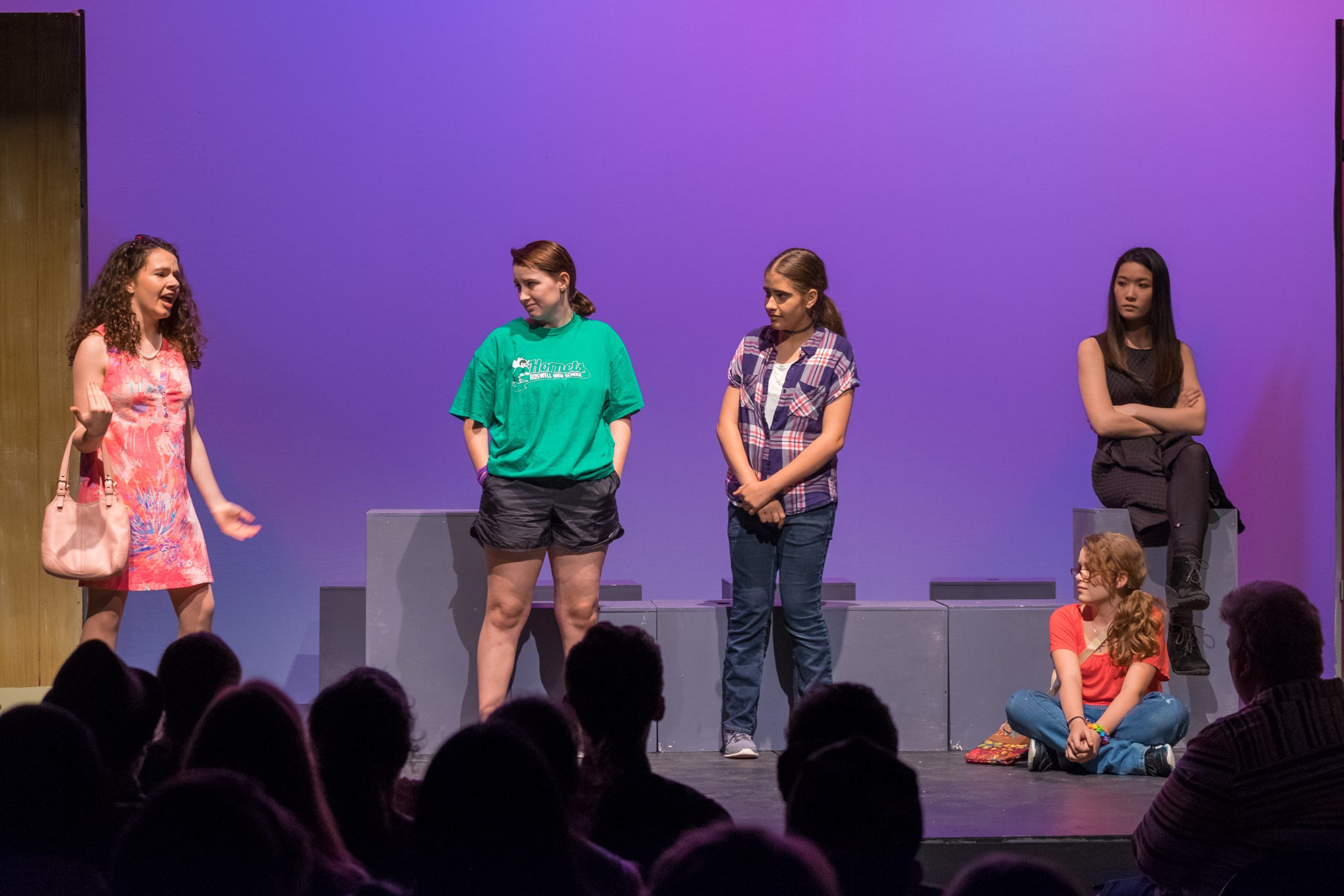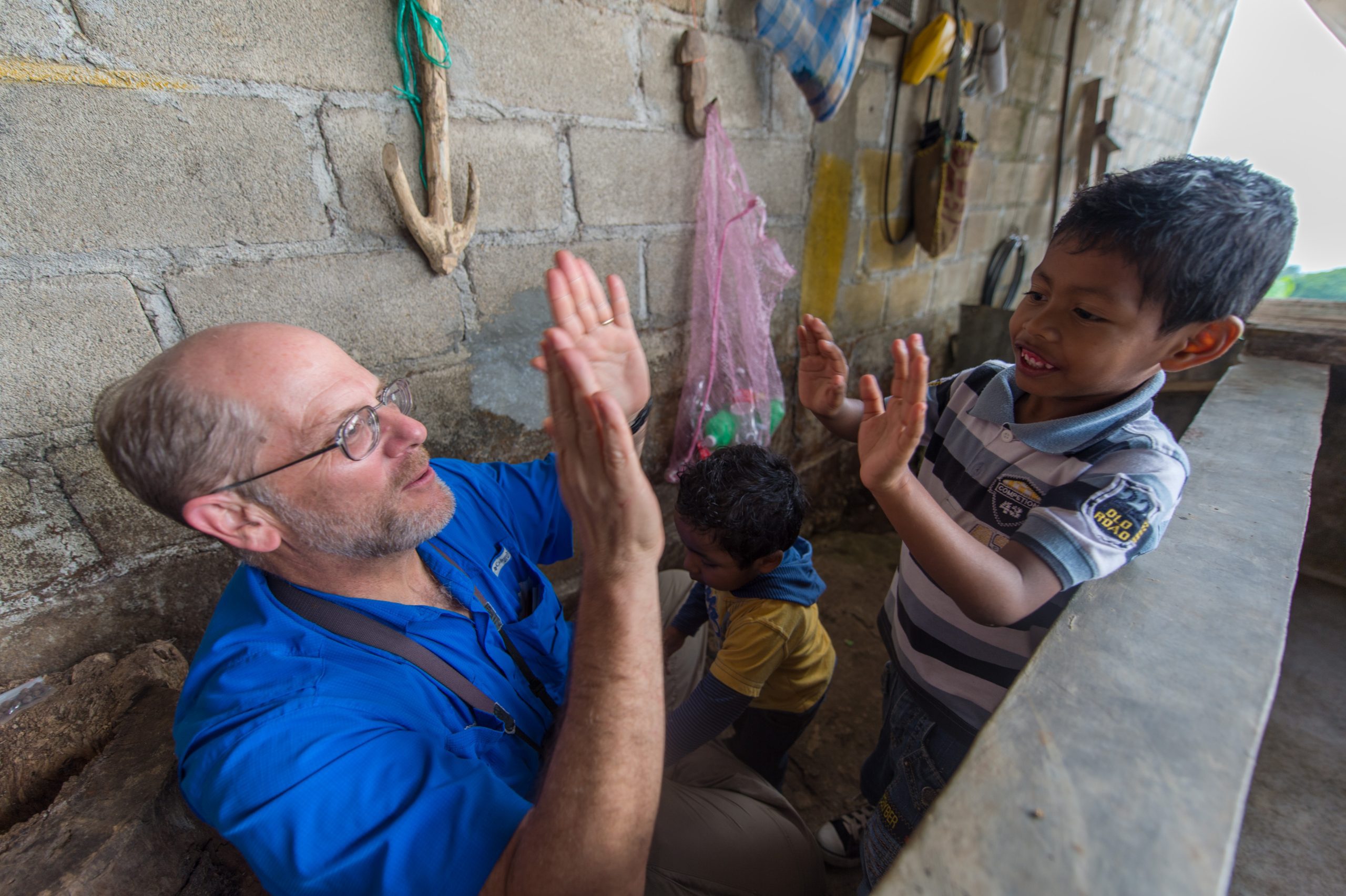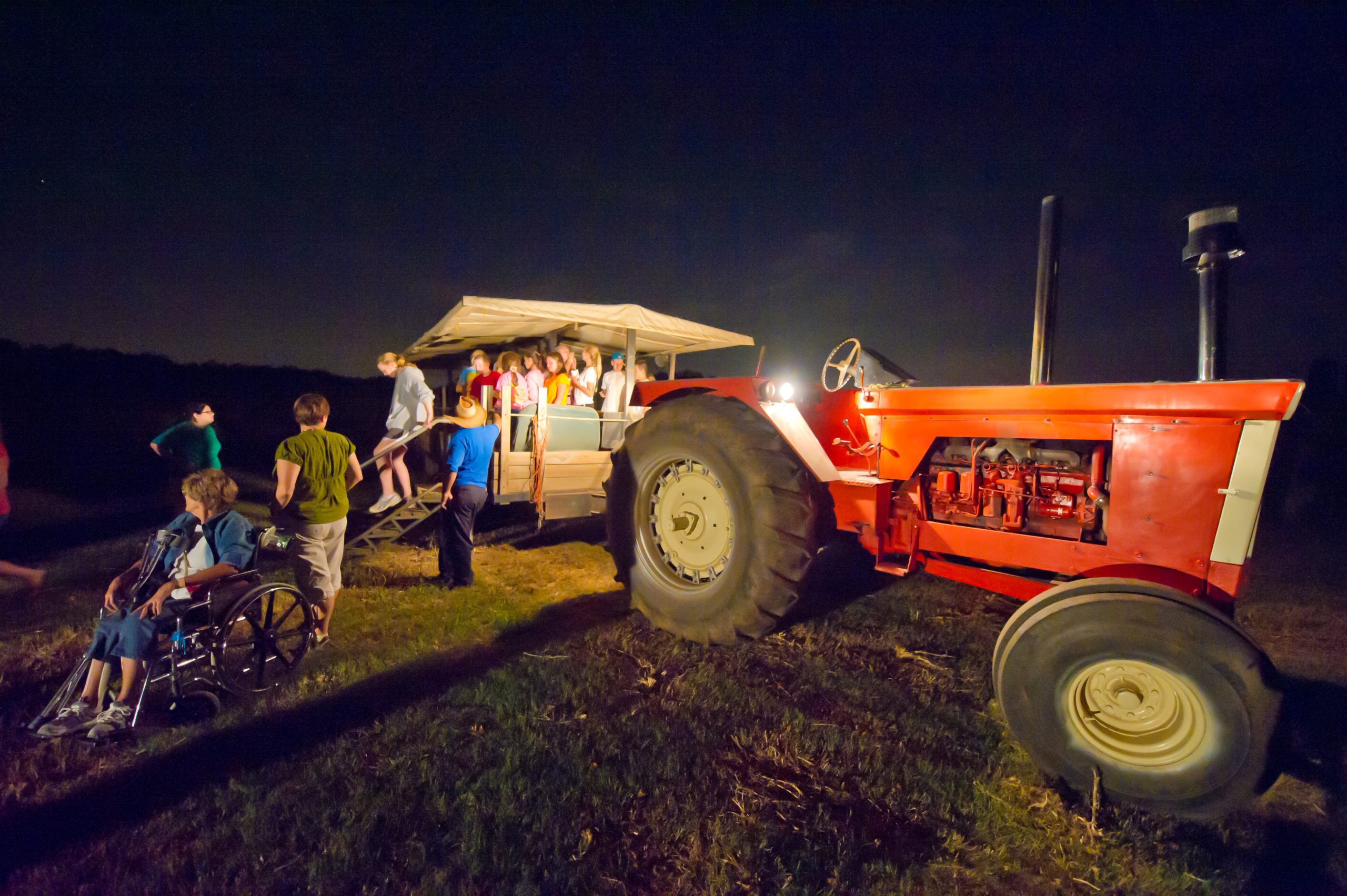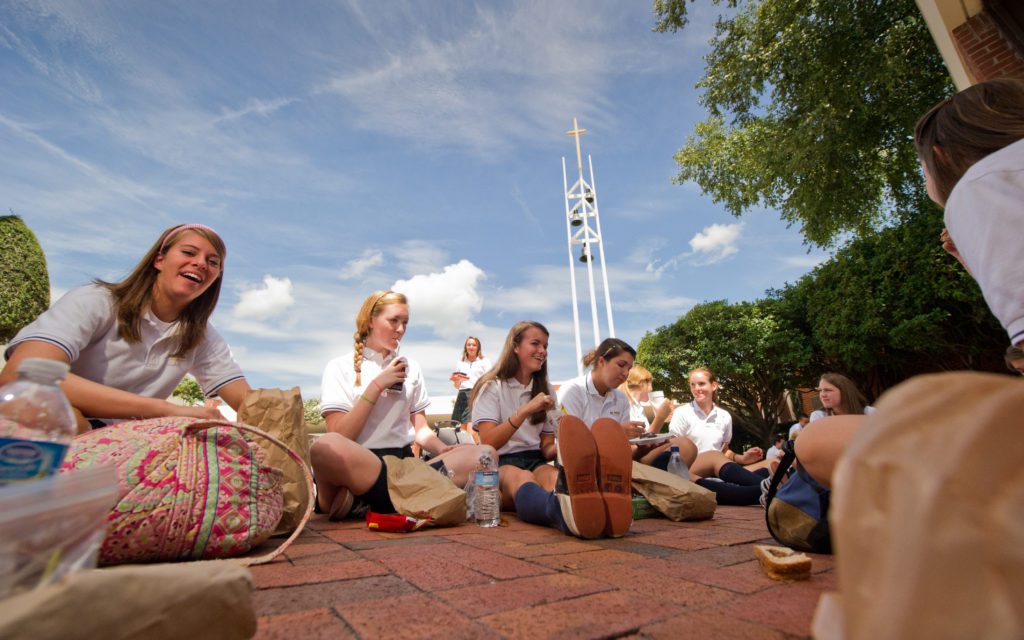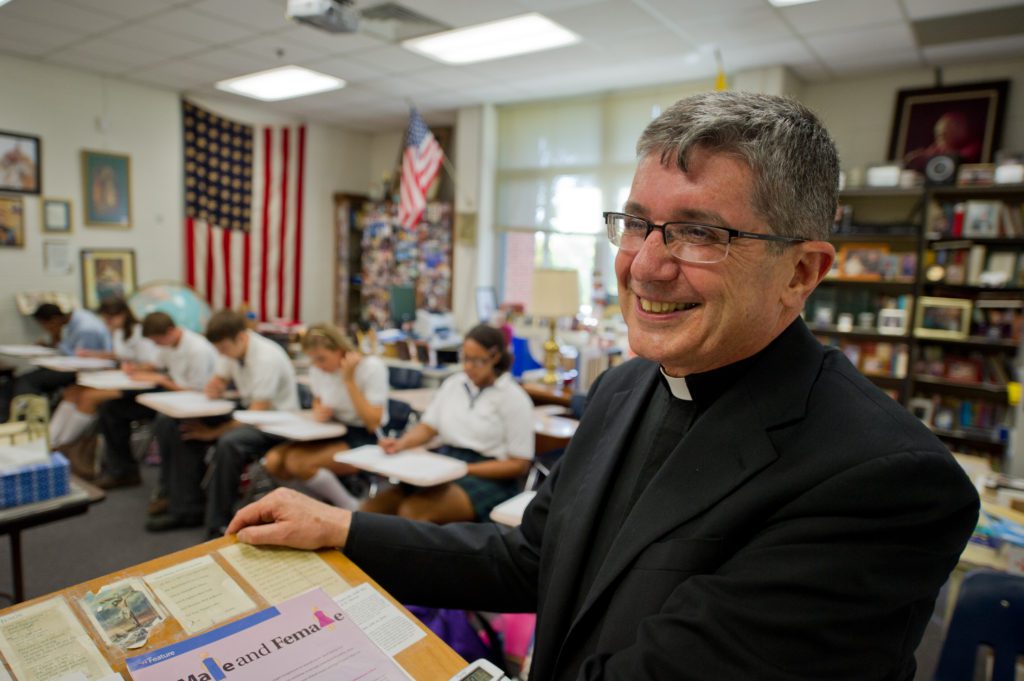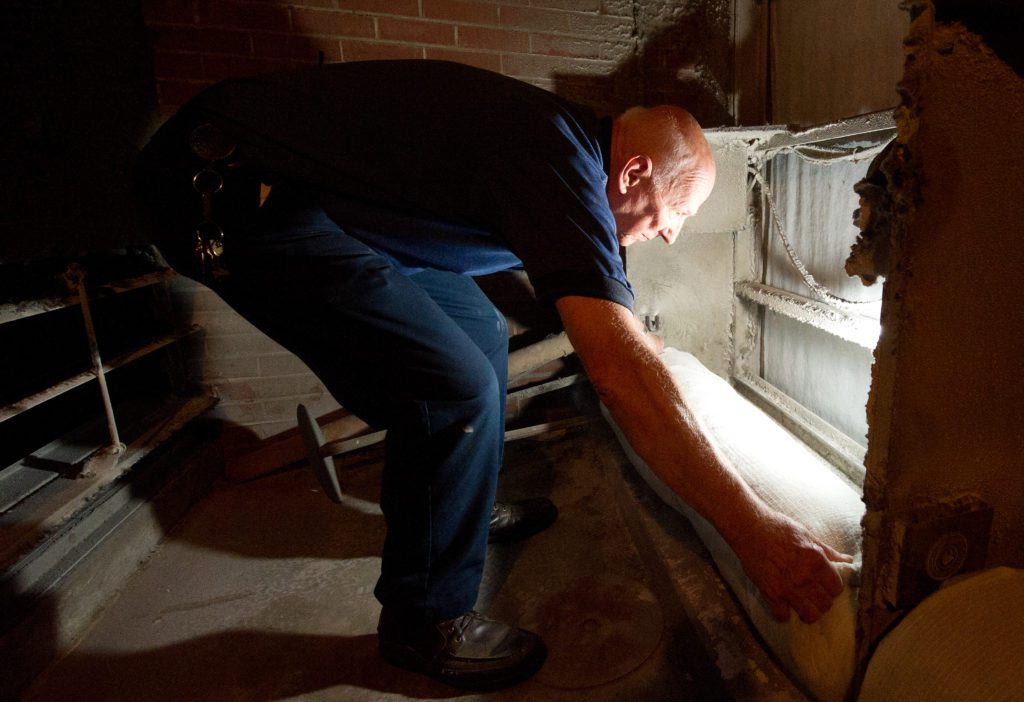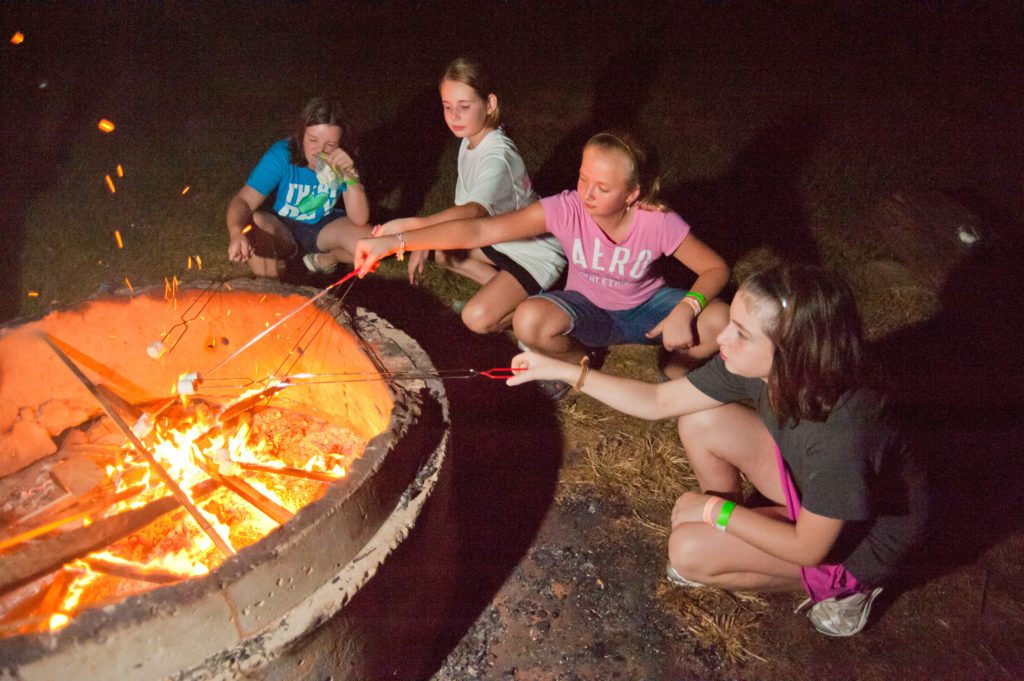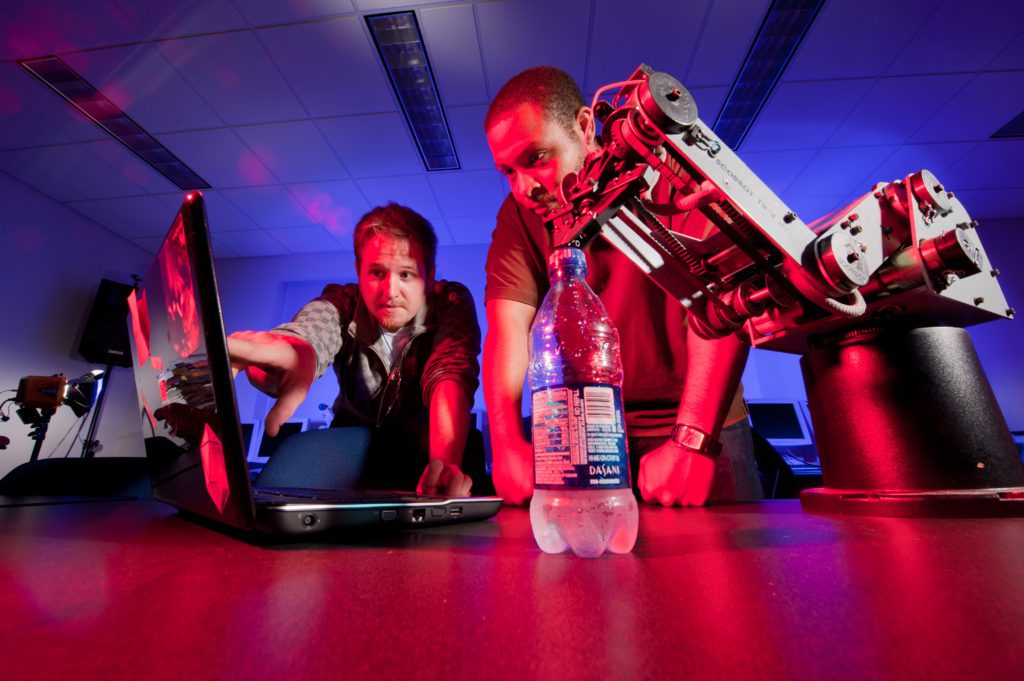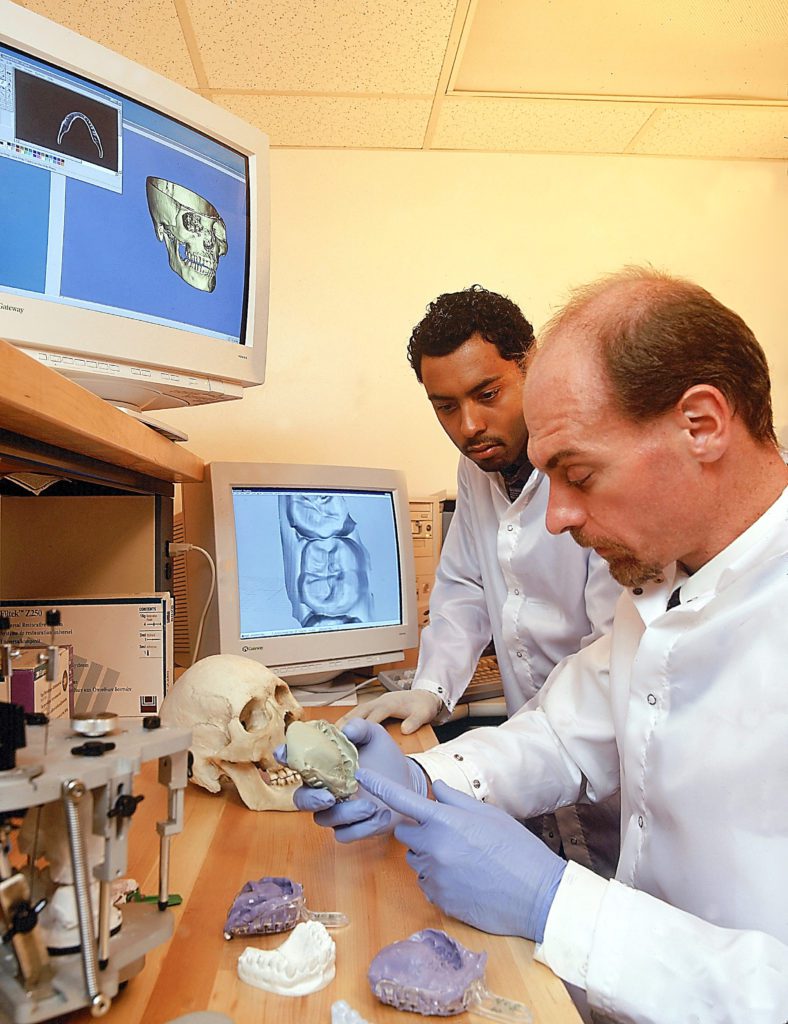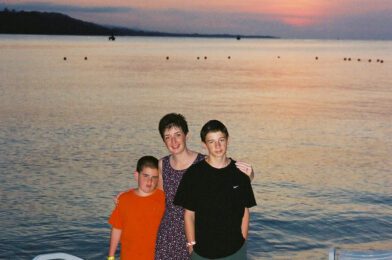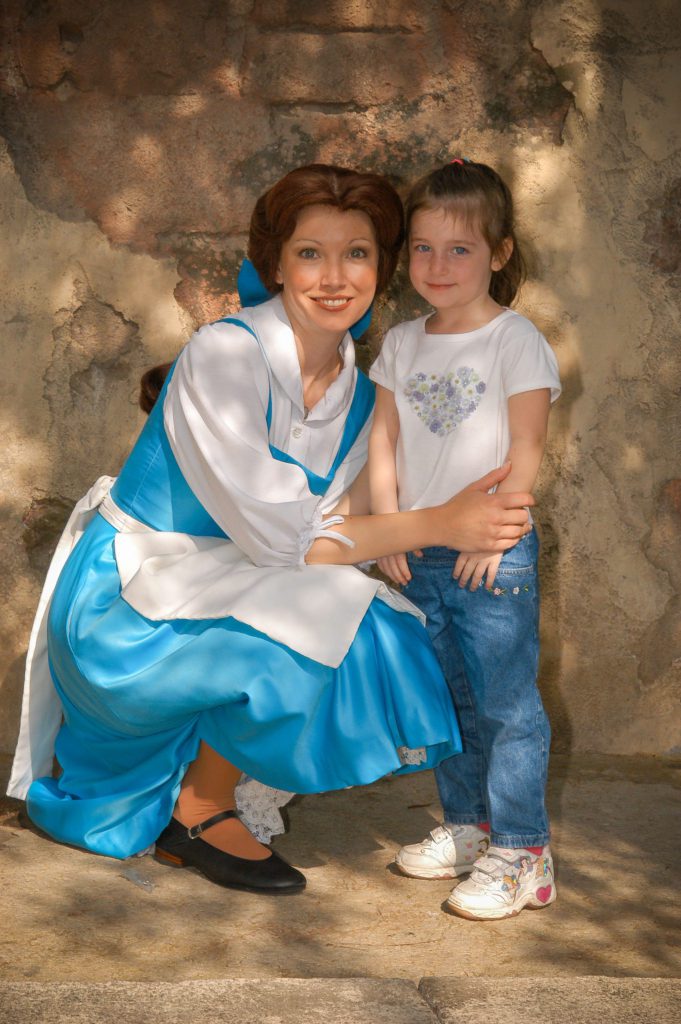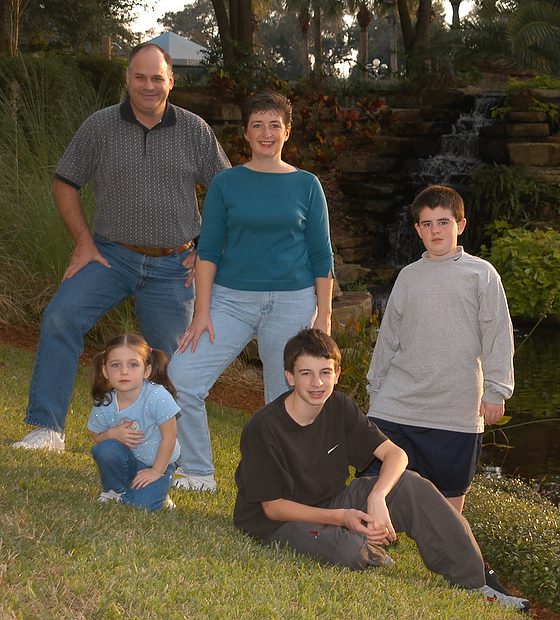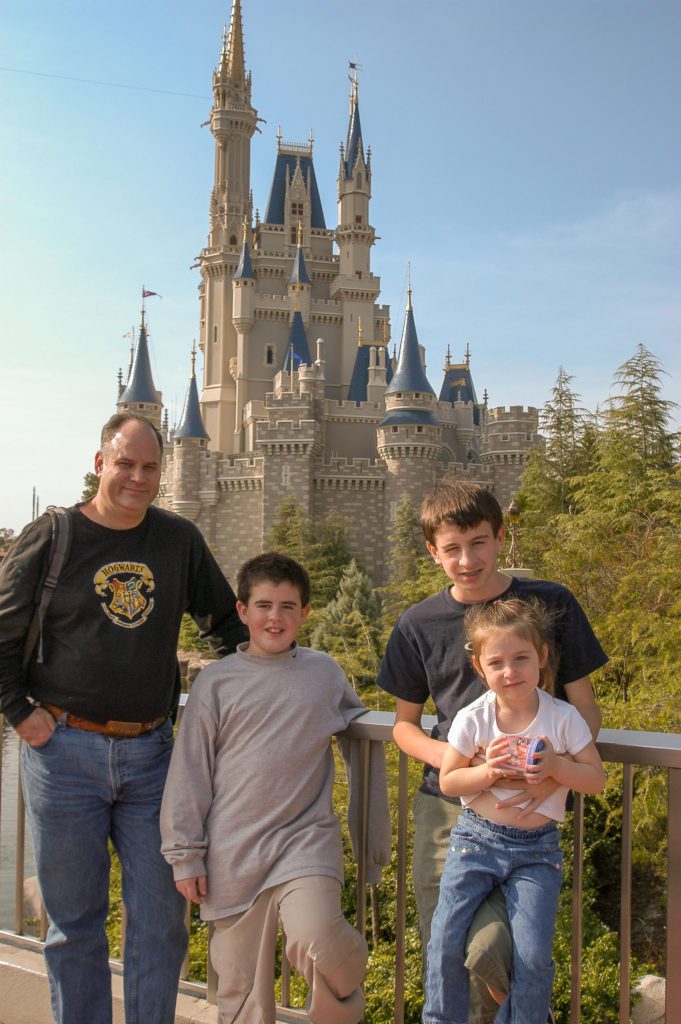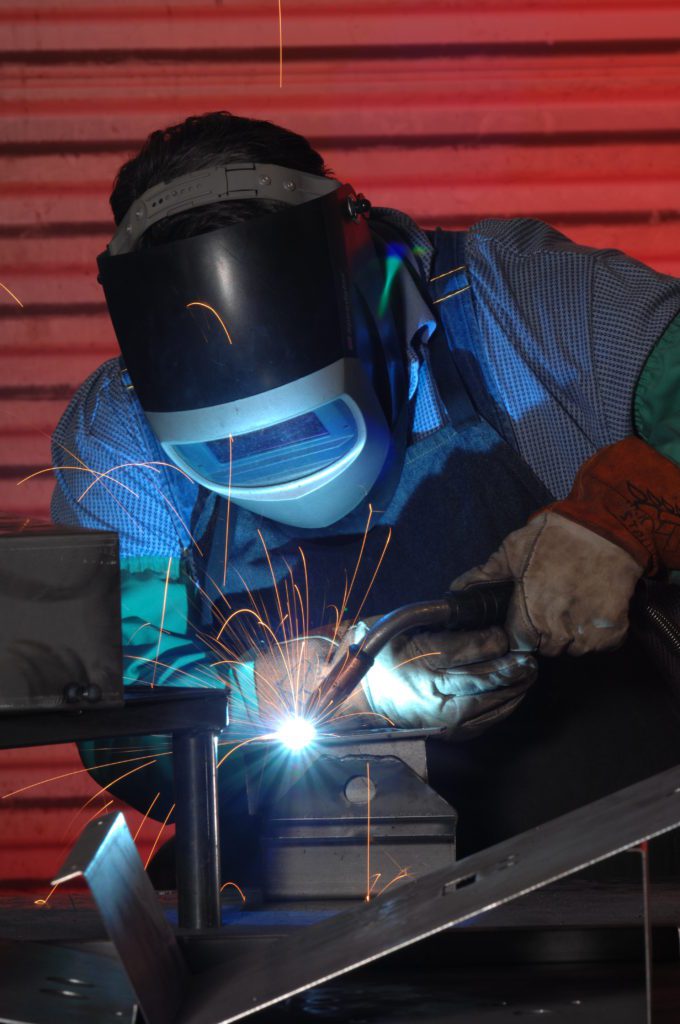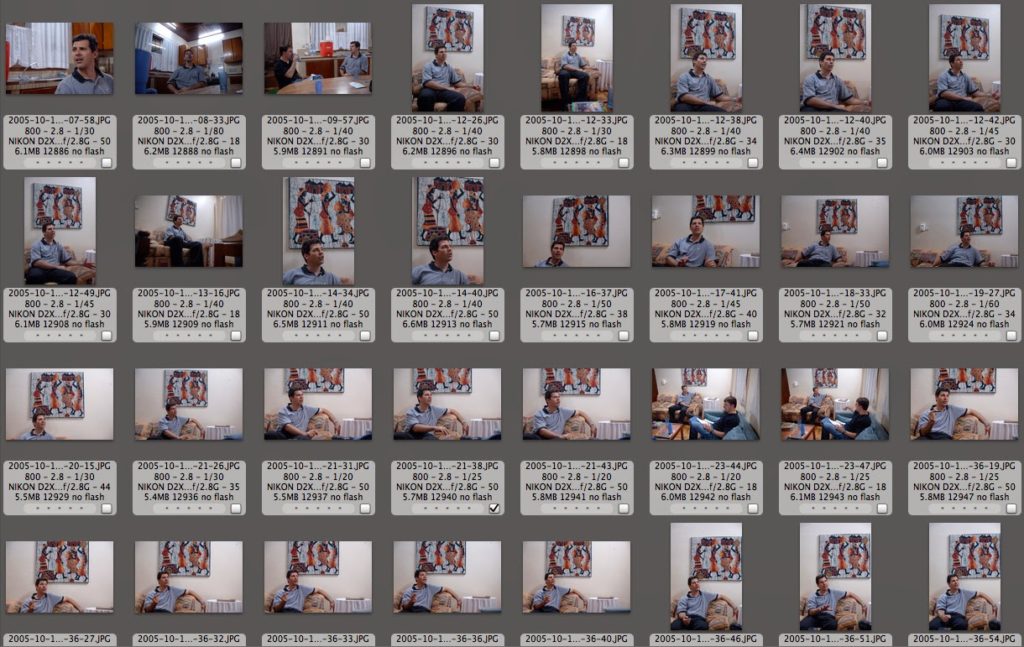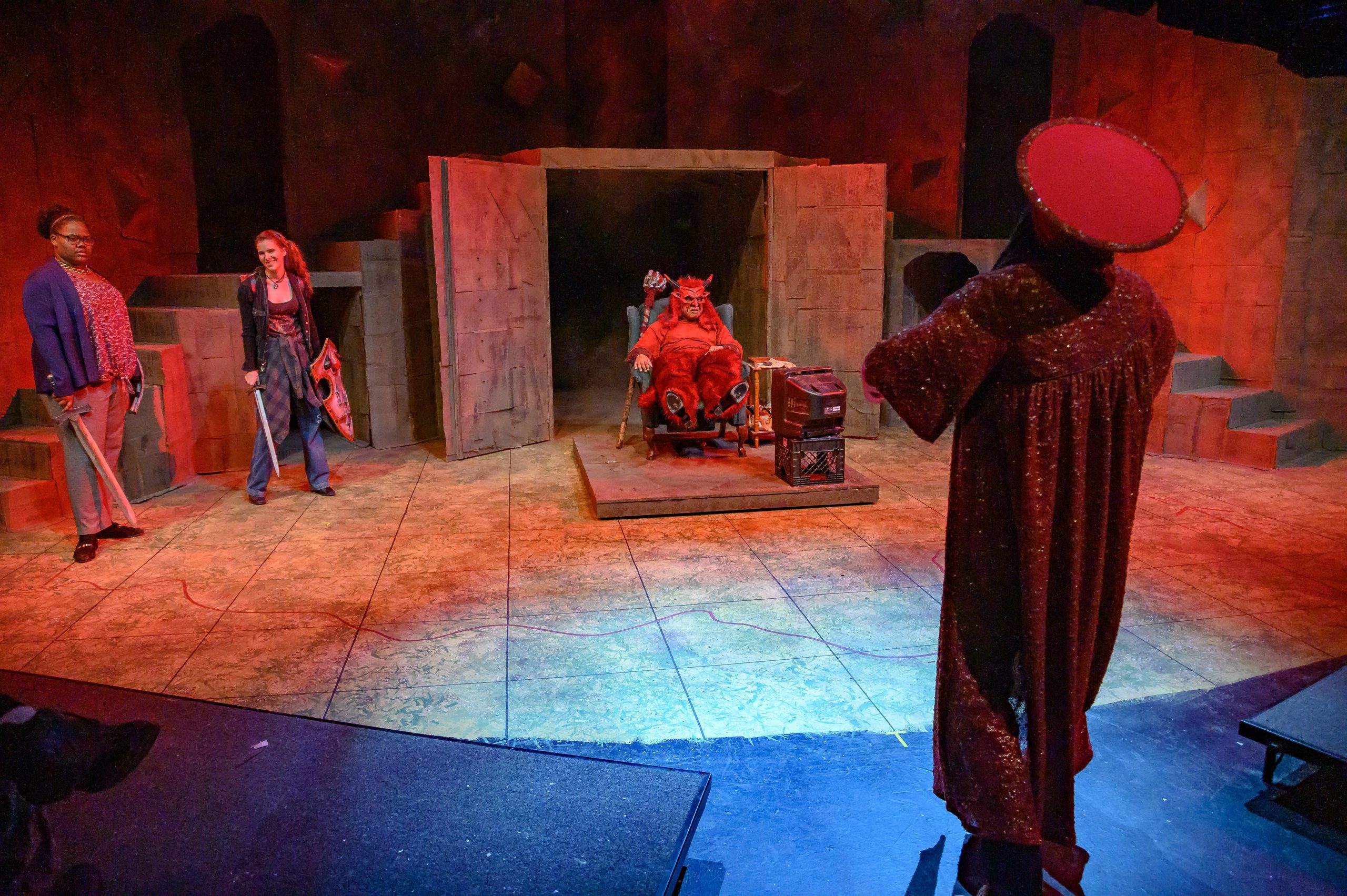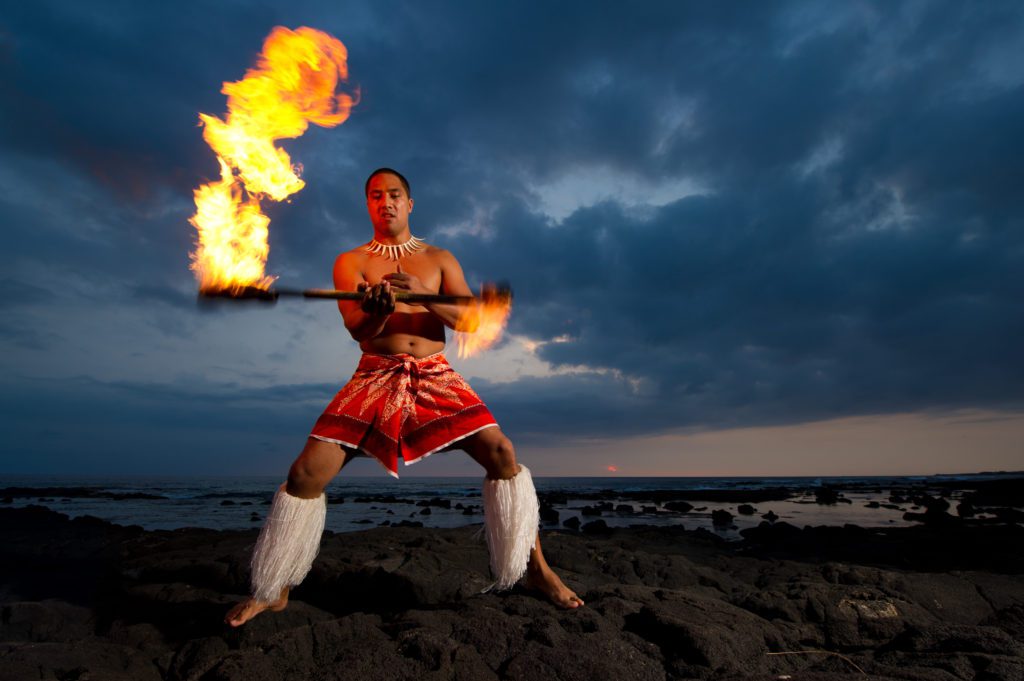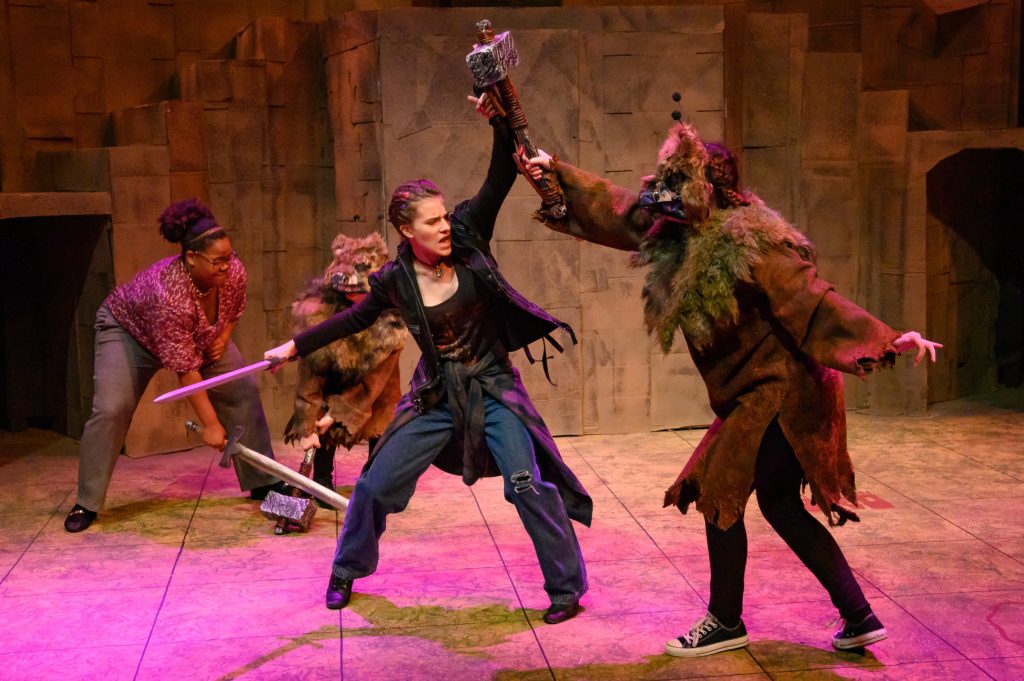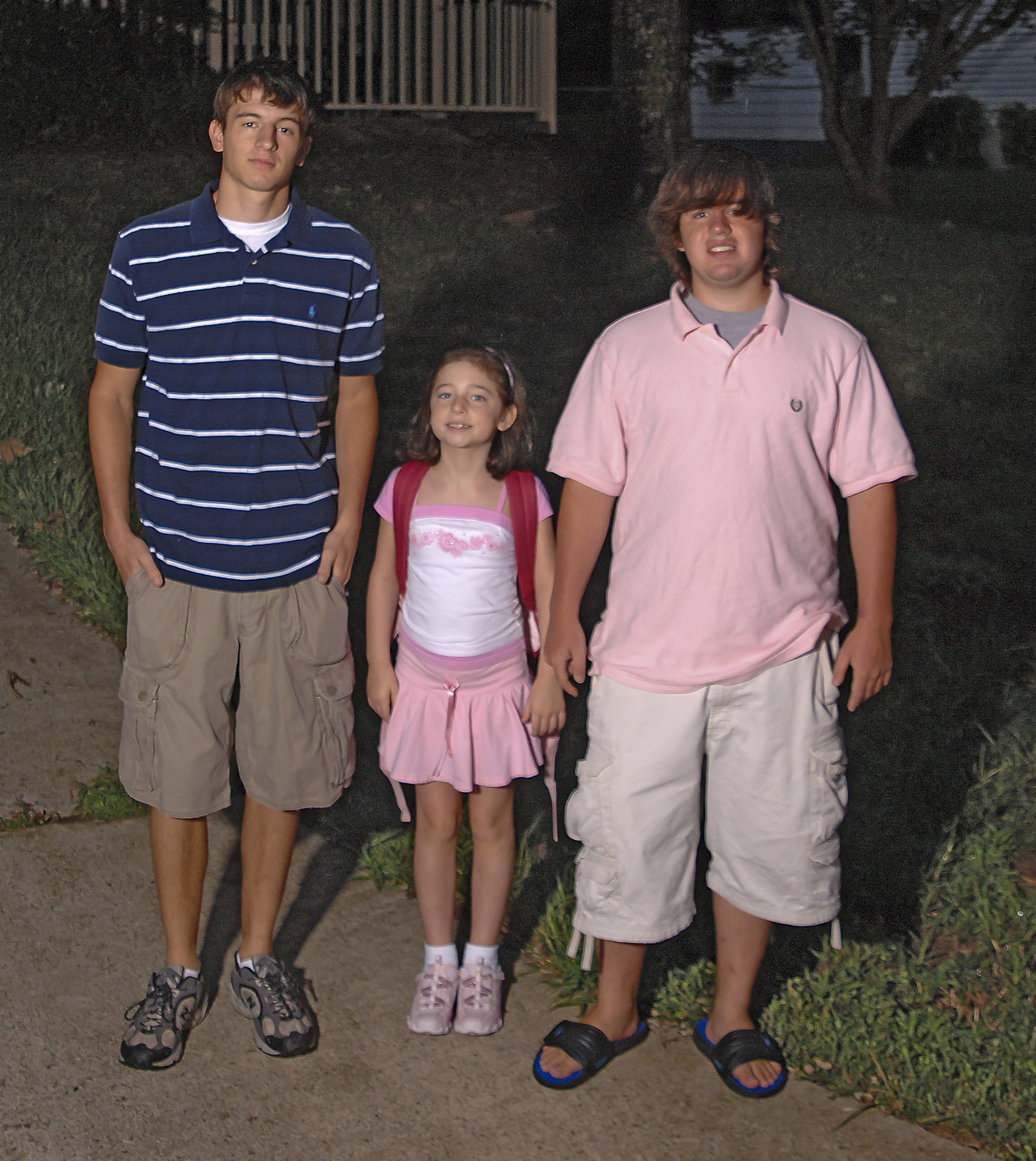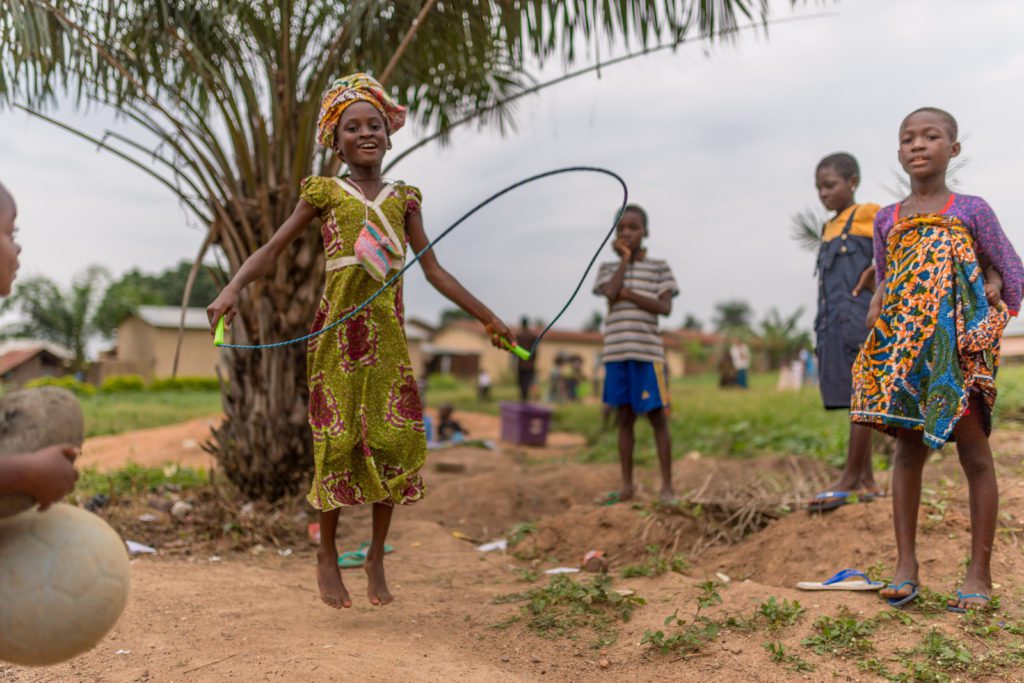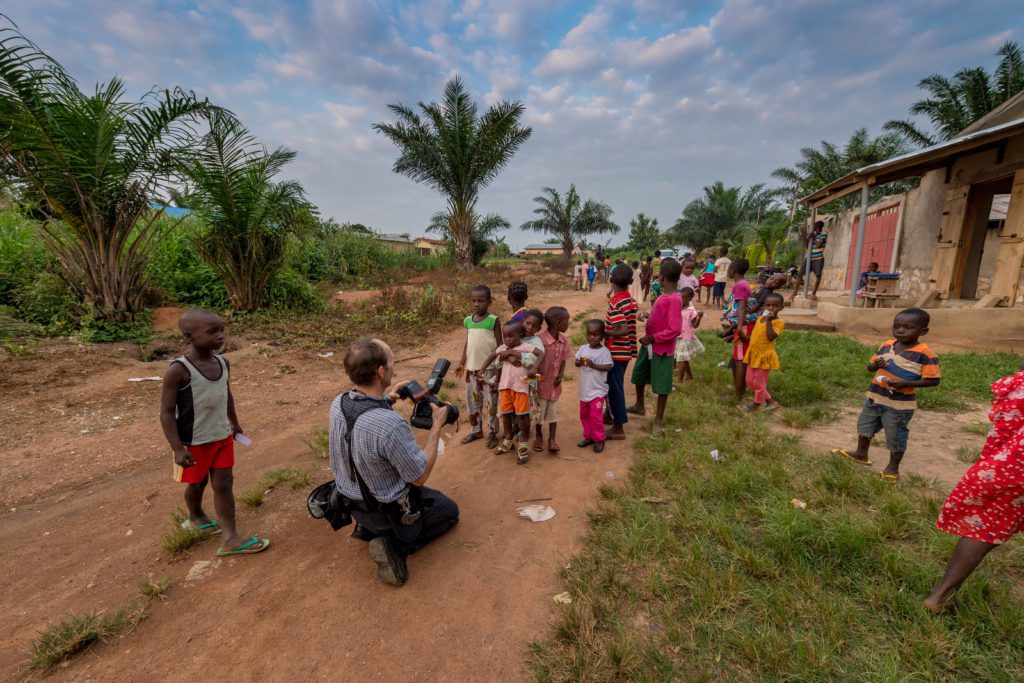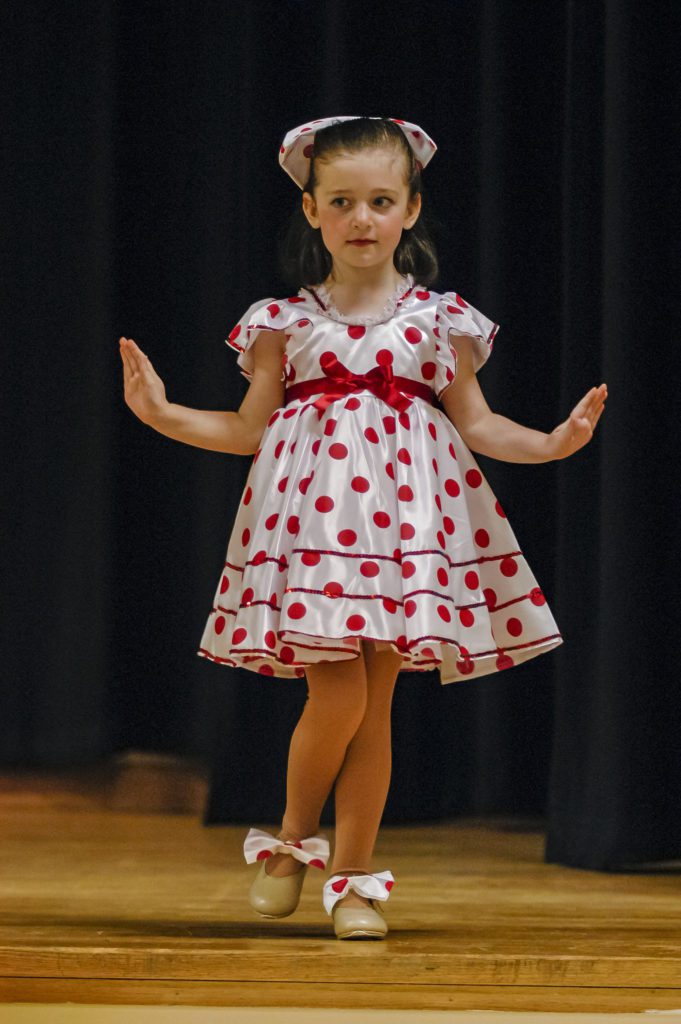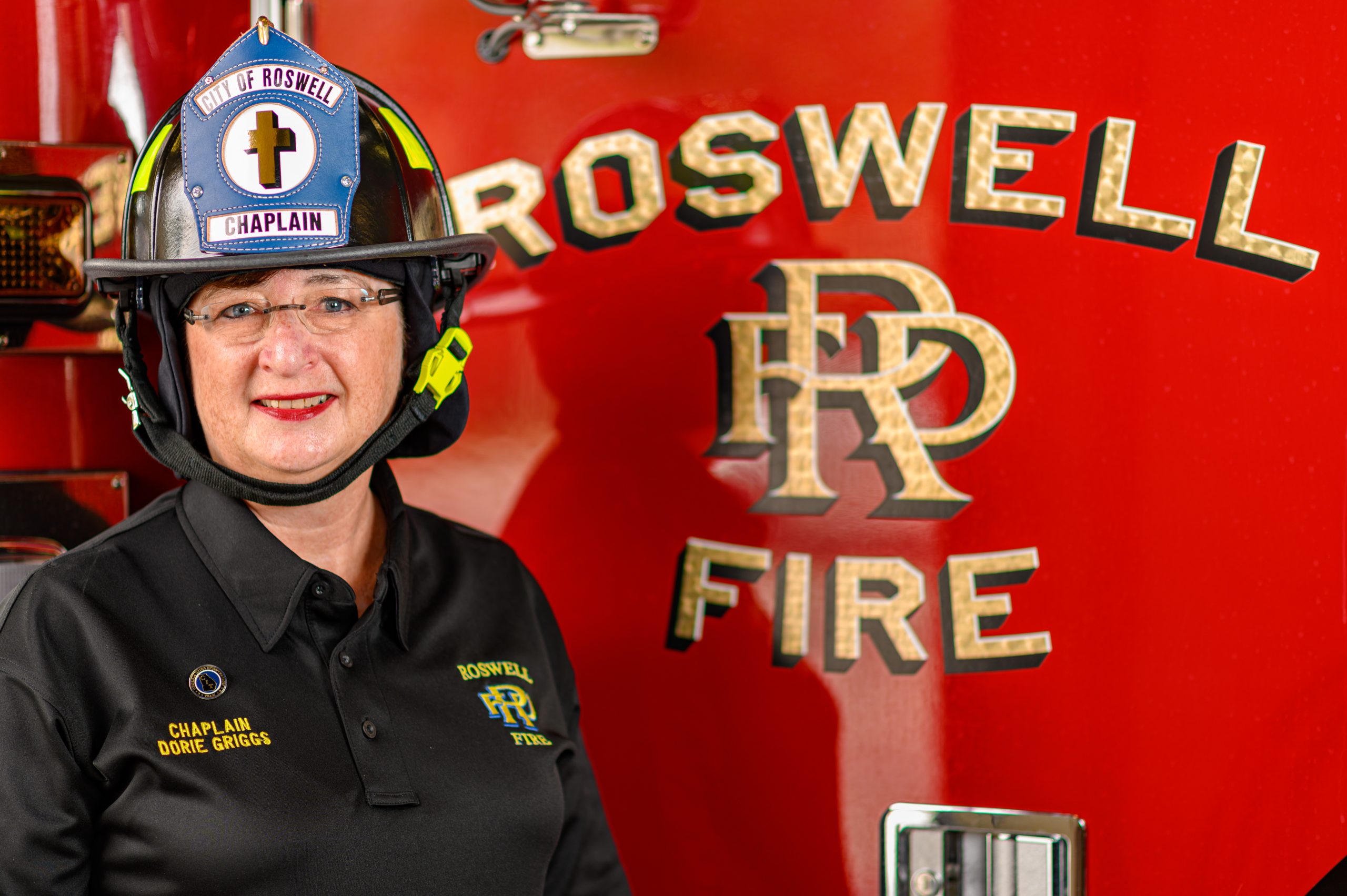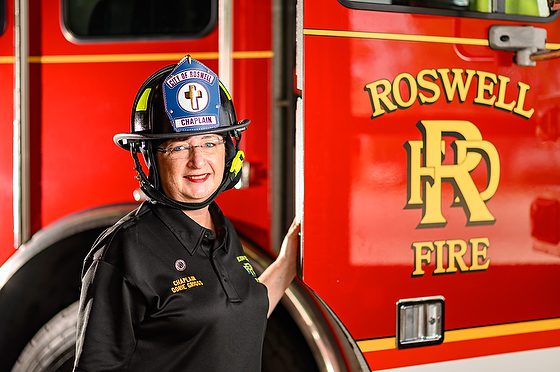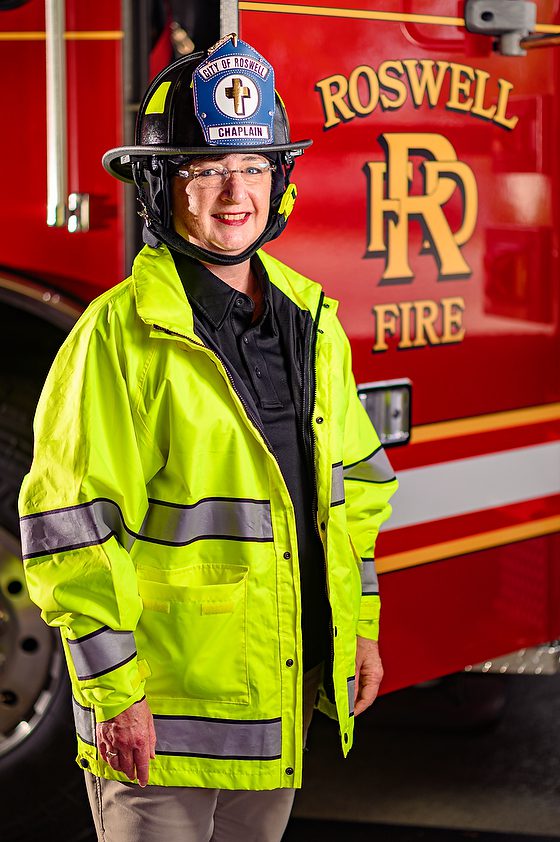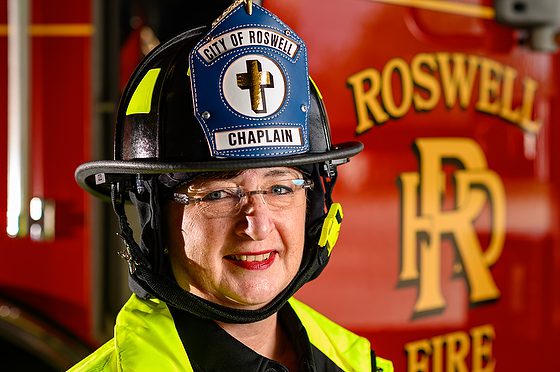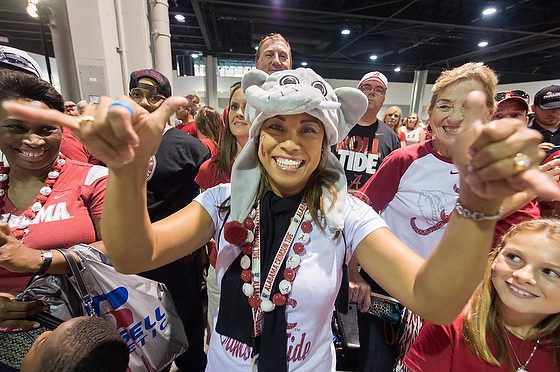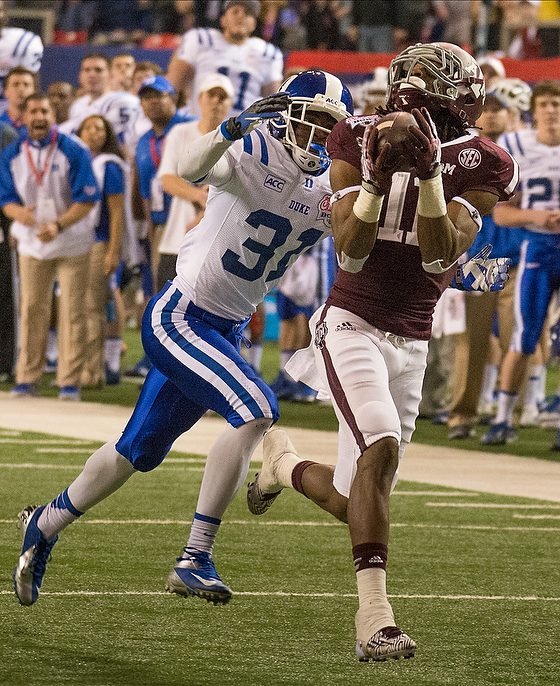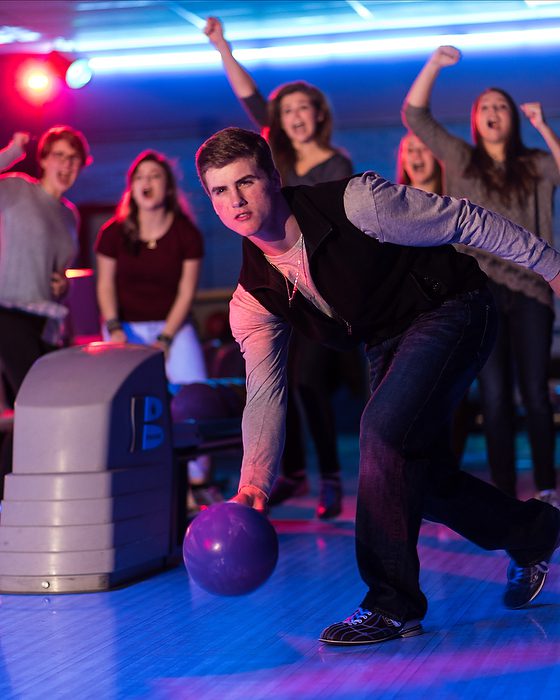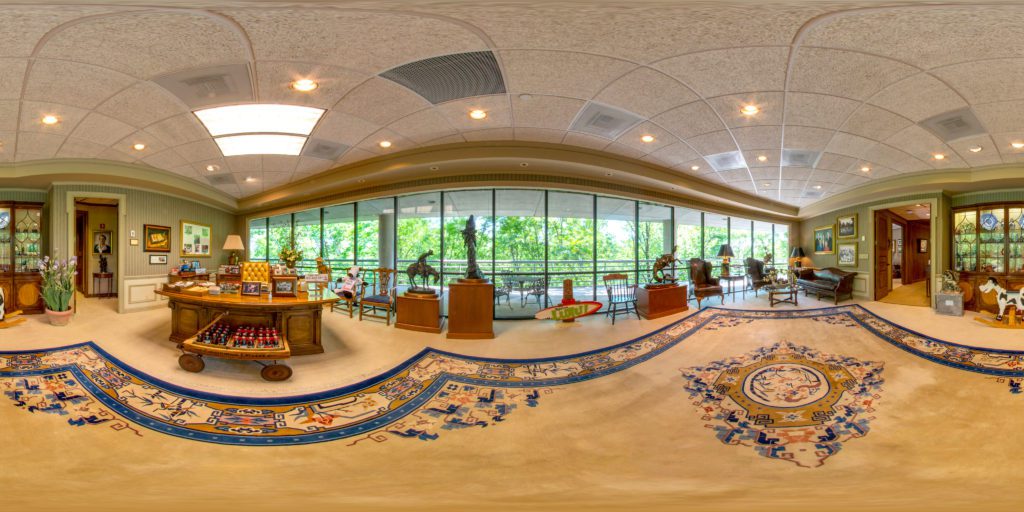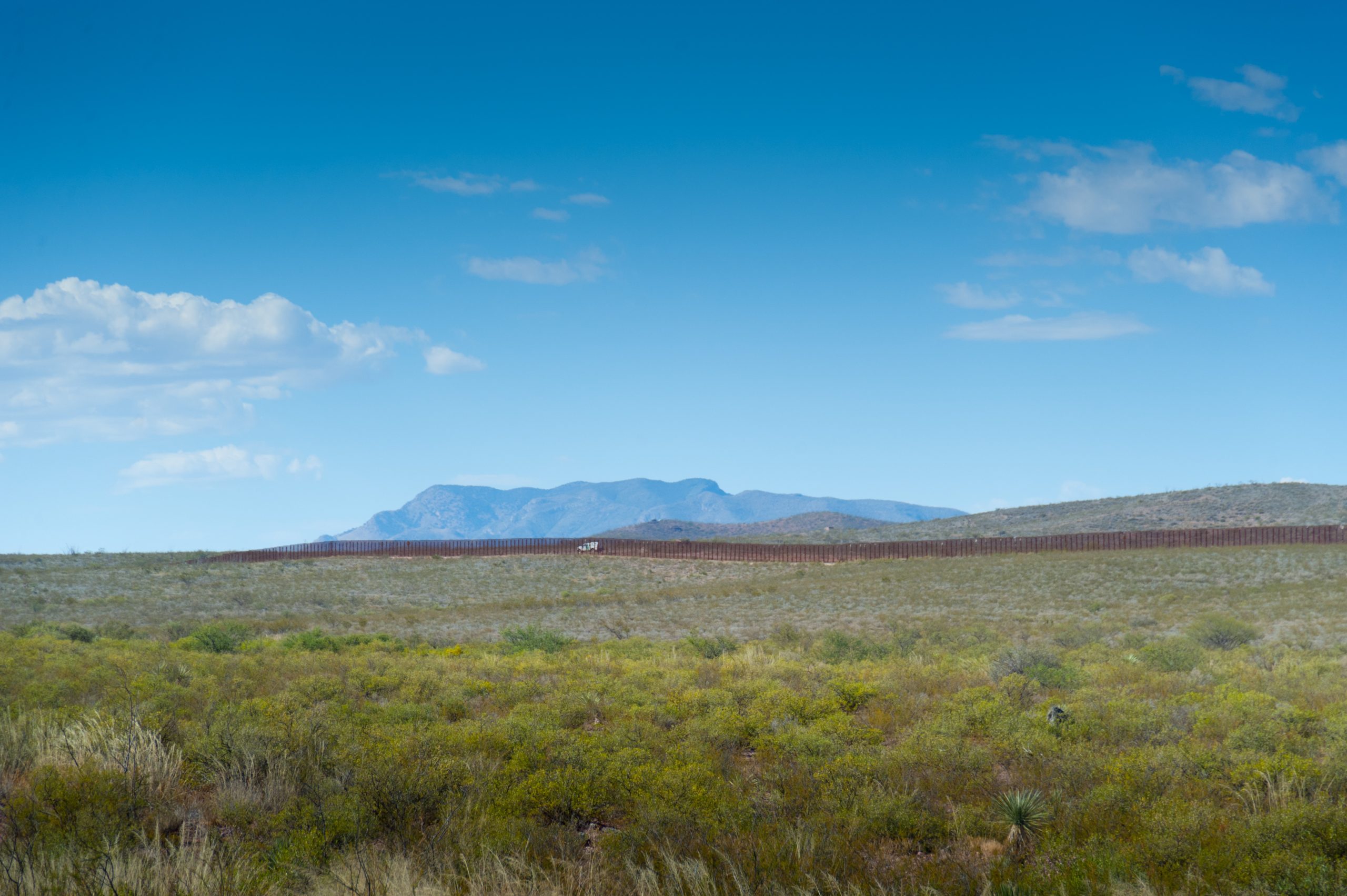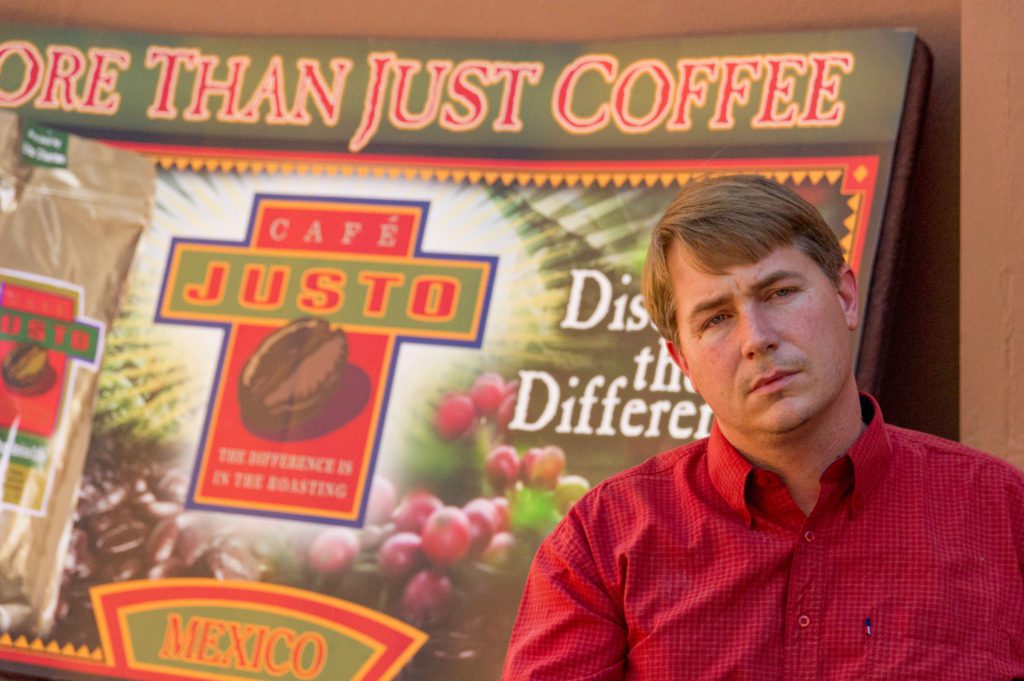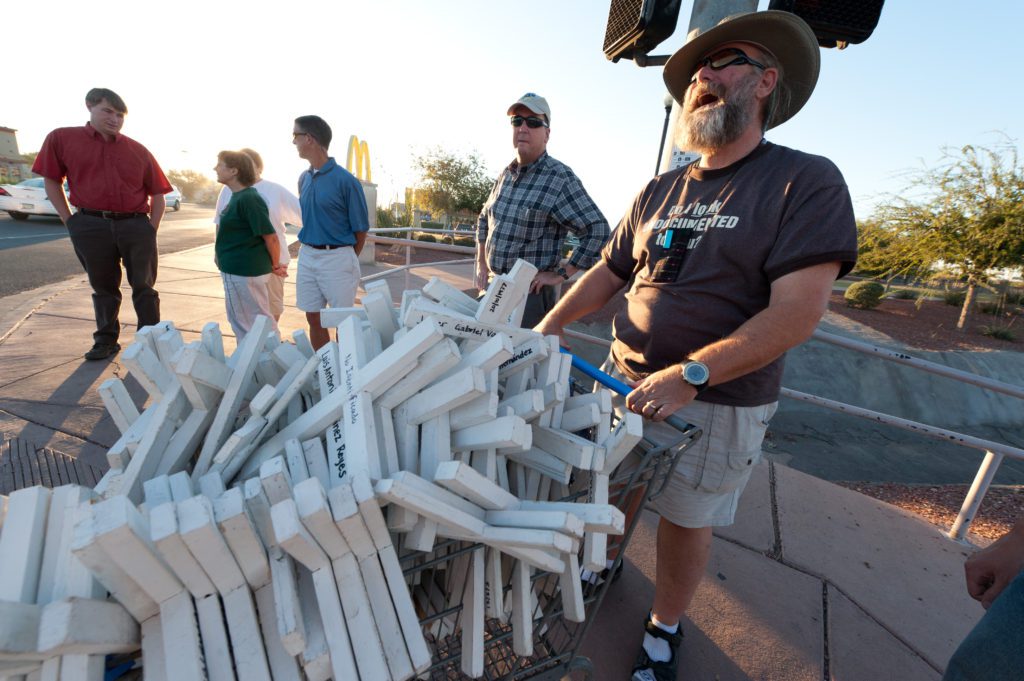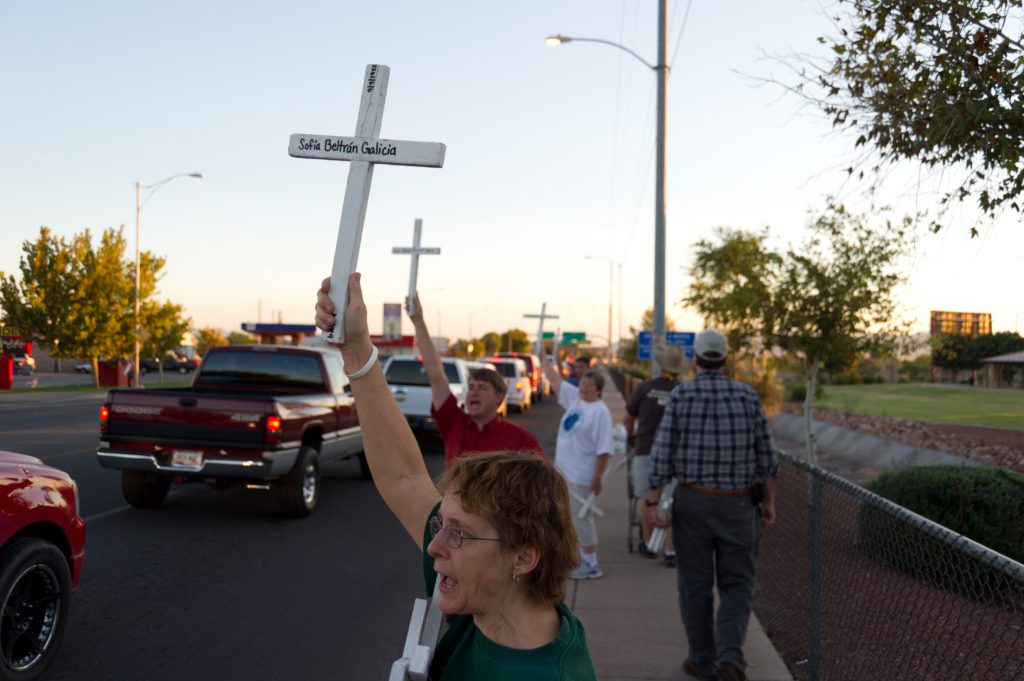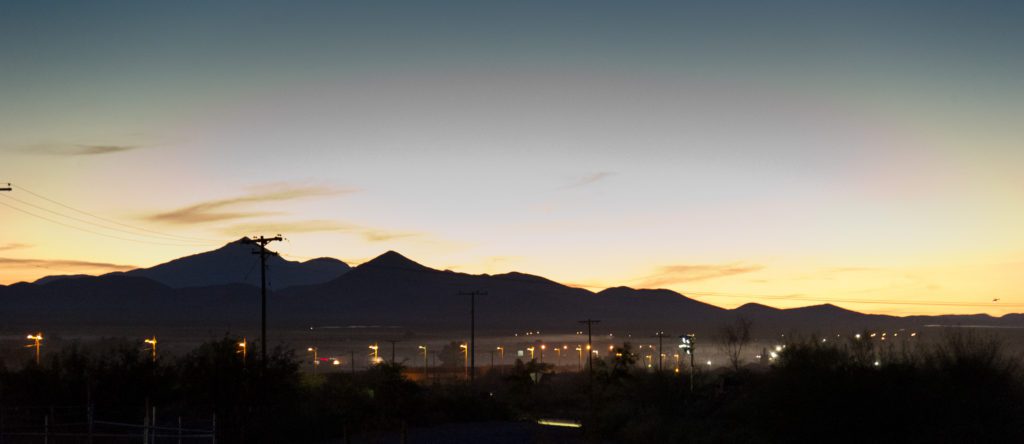When someone asks you for $40, you don’t tell them OK if you only have $20. You tell them you have $20 if you want to share. So why can’t you tell them when your boss/client asks for something you can’t do?
A little secret – You can learn to say yes, and the boss/client then can say no.
Learn To Say YES.
Improvisation rules are also great for client support. Just look at Tina Fey’s Four Rules of Improv:
- Rule 1: Say Yes. The first rule of improvisation is to AGREE. …
- Rule 2: Say Yes AND. The second rule of improv is not only to say yes, but YES, AND. …
- Rule 3: Make Statements. The following government is MAKE STATEMENTS. …
- Rule 4: There Are No Mistakes.
When your client says this is their priority – AGREE. Then you should respond with YES, AND to meet your priority, I need …
Just like improvisation, you don’t want to come back with many questions but statements that help clarify the scene.
I love Rule 4 that there are no mistakes. That is because you are trying to meet your client’s needs.
I also learned about another way to say yes from my friend Tony Messano, a creative director and voice-over talent. This tip had a significant impact on my life in many ways.
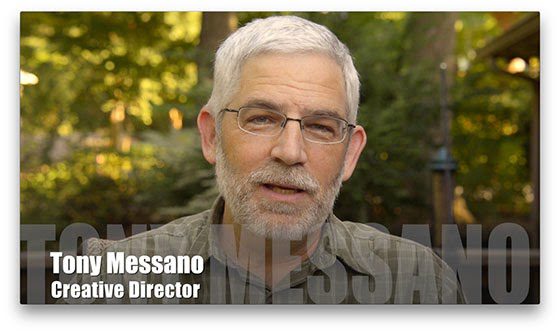
Tony was not advocating becoming a “Yes Man” where you agree to “anything” regardless of how crazy or stupid – and sometimes illegal – it is. You still will say no to things that you ethically disagree with doing.
Tony advocated that we turn ourselves into problem solvers for our clients and bosses rather than becoming a problem.
The way this whole topic came up in the first place with Tony was over me trying to deal with clients that kept on saying since you are here, can you do _______. Tony helped me see how to take this request and not only meet the demand but also make more money.
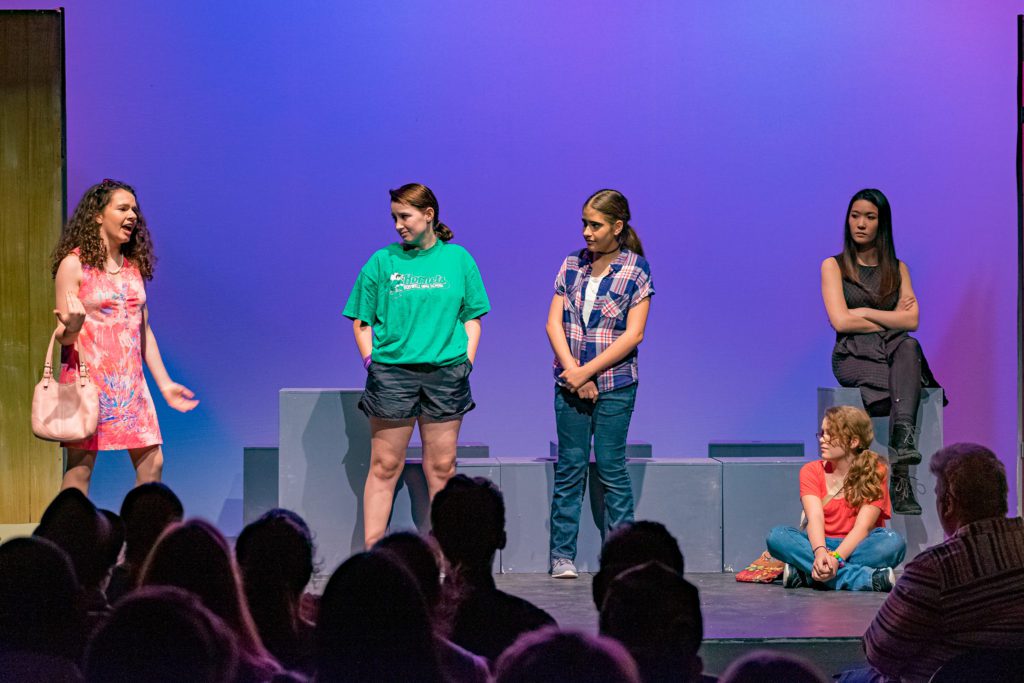
I learned how to price for the project, and then when this type of request came up, I could say “Yes.” Yes, I can make that happen; however, since this wasn’t part of the proposal and is outside the scope of it, I need to charge XYZ for the additional work.
I had been handling these requests or similar variations for my whole life up to then responded with a “NO.”
What Tony helped me understand was that when I was saying no, I wasn’t helping the client at all. If they still needed it done, they would find someone who could make it happen, and often then, I would usually no longer be used for future projects.
When I was in a staff job, I often said no because I didn’t have time with all the other things on my plate. As a freelancer, I was saying no because they were asking for more without offering more pay.
Had I learned this tip earlier in my career, I would have become a more valuable team member when someone would ask me to do something; I would now be saying how I want to help them. I would be saying YES–IF.
Yes, I can make that happen for you if you tell me which of these other projects I can delay or not do to be able to take on this extra work.
As a freelancer, I am saying YES–IF you decide what on the list we were shooting comes off because I don’t have time to do all you have, or I might be saying yes if you agree to the extra XYZ cost.
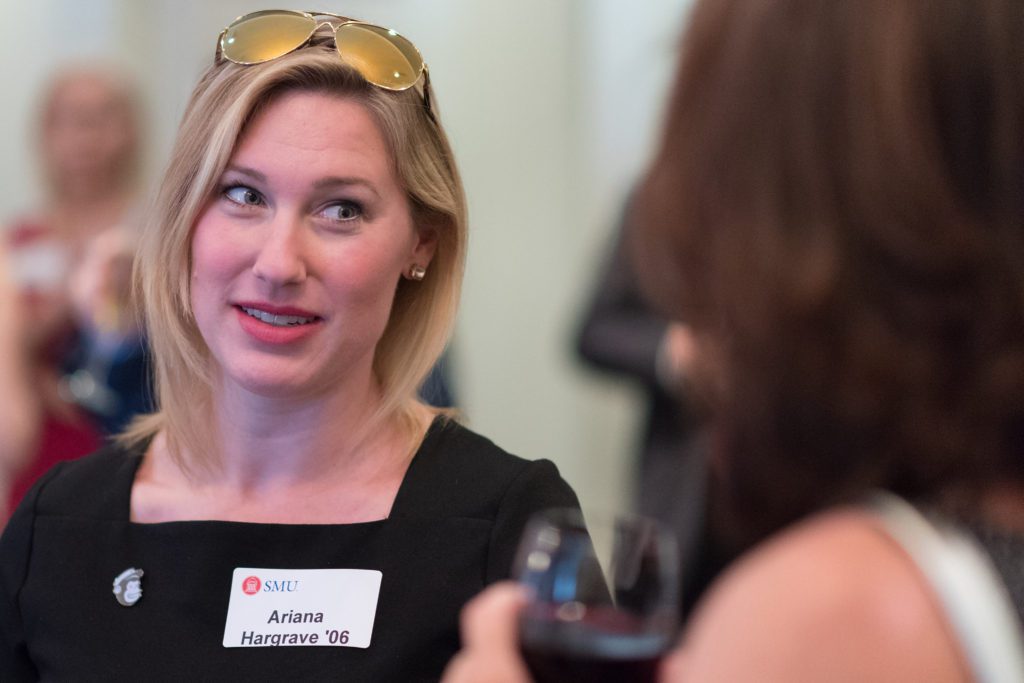
Ask your boss/client what their priority is. By the way, I recently learned that modern society corrupted the word stress. One hundred years ago, there was no plural form: importance was singular only — it meant the most critical item.
When everything is a priority, nothing is a priority. In a recent innovation workshop with HR executives, one team won an award for developing a simple tool to prioritize incoming requests by filtering them by business need, the source of the request, and the anticipated effort involved. We must ensure that the top priorities take precedence.
What separates a priority from just another task on the to-do list?
Focus on client projects before internal work; setting up the new CEO’s computer before re-configuring the database; answering support tickets before writing training materials; and so on. Another way to assess value is to look at how many people are impacted by your work. The more people involved or moved, the higher the stakes.
You probably can’t get to everything on your list. After you prioritize your tasks and look at your estimates, cut the remaining jobs from your list, and focus on the priorities you know you must and can complete for the day.

